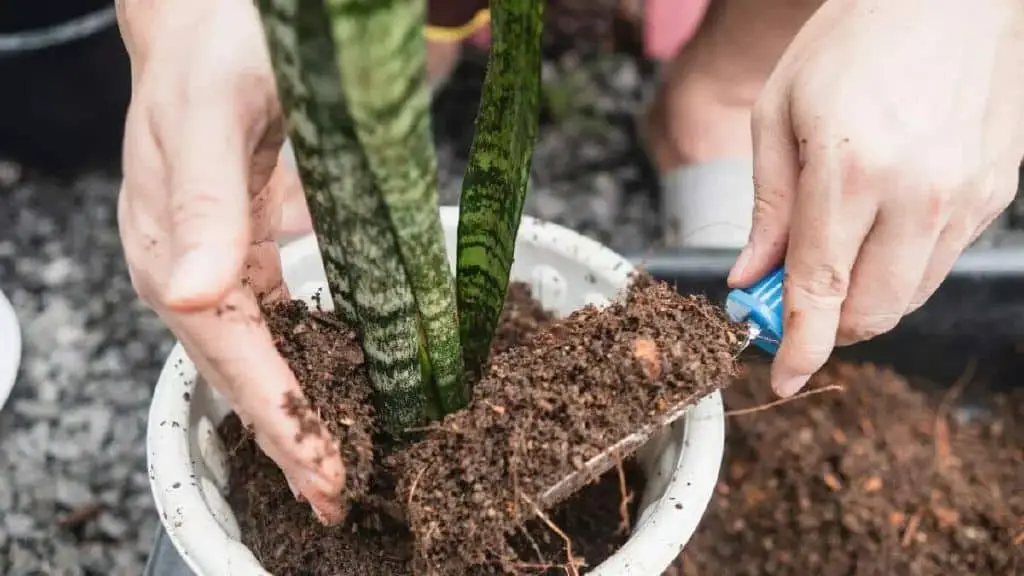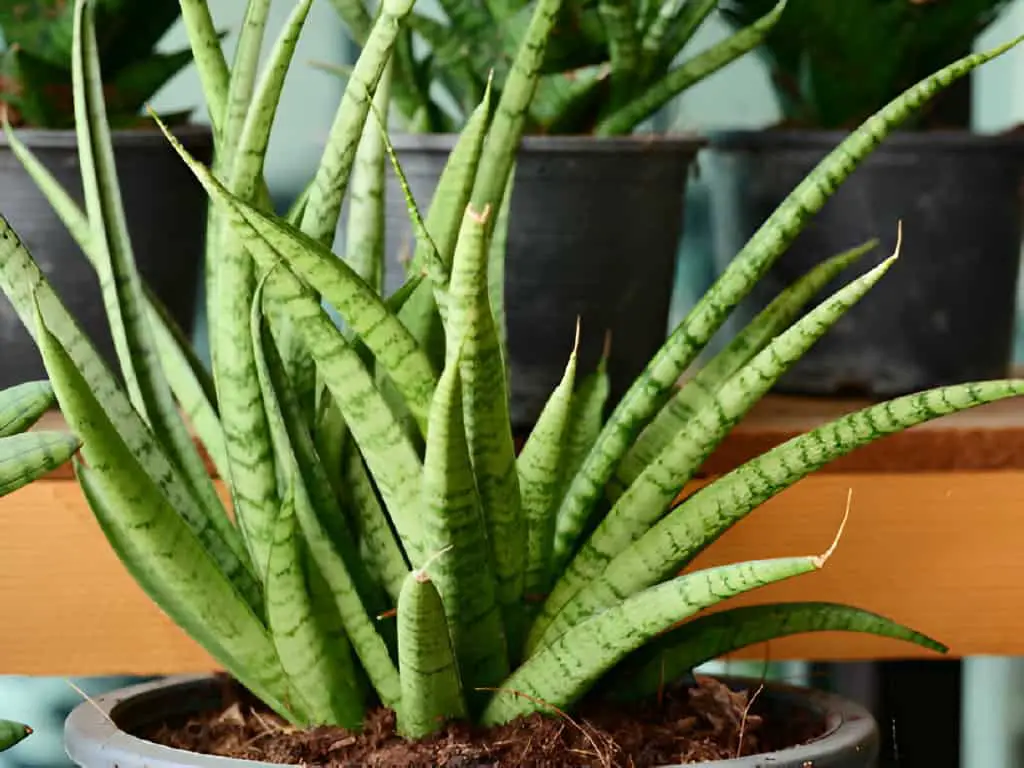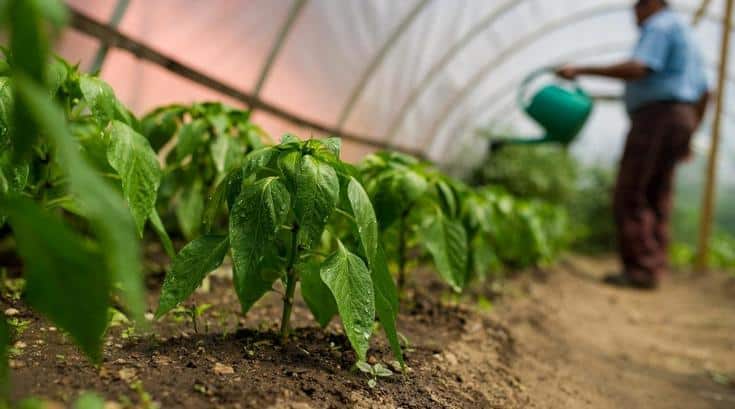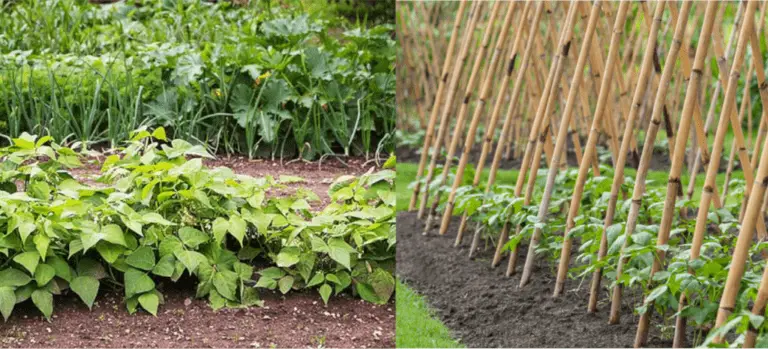Choosing the Right Soil for Your Snake Plant: A Gardener’s Guide

Snake plants, or Sansevieria, are tough, low-maintenance houseplants. They’re also called mother-in-law’s tongue. Their striking, upright foliage and air-purifying qualities make them a favorite among gardeners, both novice and experienced.
However, to ensure your snake plant thrives, choosing the right soil is crucial. This guide will walk you through everything you need to know about selecting the perfect soil for your snake plant.
Understanding Snake Plant Needs

Snake plants are known for their hardiness and ability to survive in various conditions, but they do have specific needs to flourish:
Basic Requirements
- Light: They prefer indirect sunlight but can tolerate low light conditions.
- Water: Snake plants require infrequent watering, making them ideal for those who might forget to water regularly.
- Nutrients: While they are not heavy feeders, occasional fertilization can support their growth.
Root System
Snake plants have a shallow root system that spreads horizontally. This means they need soil that can provide stability while also allowing for adequate drainage to prevent root rot.
Characteristics of Ideal Soil for Snake Plants
1. Well-Draining
Snake plants are susceptible to root rot if left in waterlogged soil. Therefore, the soil must allow excess water to drain away quickly.
2. Slightly Acidic to Neutral pH
A pH level between 6.0 and 7.0 is ideal for snake plants. This range allows for optimal nutrient absorption.
3. Nutrient-Rich
While snake plants don’t require a lot of nutrients, a soil mix that provides essential minerals will support healthy growth.
The Best Soil Components for Snake Plants
1. Potting Mix
A high-quality potting mix serves as a good base. It provides a balance of nutrients and retains some moisture without becoming waterlogged.
2. Perlite
Perlite is a lightweight, volcanic rock that improves aeration and drainage. Mixing perlite into your potting soil helps prevent compaction and enhances root health.
3. Sand
Coarse sand can be added to the soil mix to improve drainage. It mimics the natural habitat of snake plants, which often grow in sandy, well-drained soils.
4. Peat Moss or Coco Coir
Both peat moss and coco coir retain moisture without becoming soggy. They also help maintain the soil’s structure over time.
5. Compost
A small amount of compost can enrich the soil with organic matter and essential nutrients, promoting healthy growth.
DIY Snake Plant Soil Mix
Creating your own soil mix allows you to control the quality and proportions of the components. Here’s a simple recipe for an ideal snake plant soil mix:
- 1 part potting mix
- 1 part perlite
- 1 part coarse sand
- 1/2 part peat moss or coco coir
- 1/4 part compost
Mix these components thoroughly to ensure even distribution.
Ready-Made Soil Options
If you prefer not to mix your own soil, several ready-made options are suitable for snake plants. Use cactus or succulent potting mixes. They drain well and mimic the dry conditions snake plants need.
Recommended Brands
- Miracle-Gro Cactus, Palm, and Citrus Potting Mix: This well-draining mix is enriched with Miracle-Gro plant food. It supports healthy growth.
- Espoma Organic Cactus Mix: This organic option contains a blend of sphagnum peat moss, humus, and perlite, ensuring good drainage and nutrient availability.
- Hoffman Organic Cactus and Succulent Soil Mix: Designed specifically for cacti and succulents, this mix provides the perfect balance of drainage and moisture retention.
Planting and Repotting Your Snake Plant
Planting and repotting your snake plant is easy. It ensures healthy growth and vibrant leaves.
Steps to Planting
- Choose the Right Pot: Select a pot with drainage holes to prevent water from accumulating at the bottom.
- Prepare the Soil: Fill the pot with your chosen soil mix, leaving enough room to place the plant.
- Position the Plant: Place the snake plant in the pot, ensuring the root ball is covered with soil.
- Fill and Firm: Add more soil around the plant, firming it gently to eliminate air pockets.
- Water Lightly: Water the plant lightly to settle the soil, being careful not to overwater.
Steps to Repotting
Repotting is necessary every 2-3 years or when the plant becomes root-bound. To repot, carefully remove the plant from its current pot and gently loosen the roots. Place it in a new, slightly larger pot, and follow the same planting steps.
- Remove the Plant: Gently remove the snake plant from its current pot, taking care not to damage the roots.
- Inspect the Roots: Check for any signs of root rot or damage, trimming away unhealthy roots if necessary.
- Refresh the Soil: Replace the old soil with fresh, well-draining soil mix.
- Replant: Position the plant in the new pot, following the same steps as for planting.
Regular care includes watering when the top inch of soil feels dry and providing indirect sunlight. By following these simple steps, your snake plant will thrive and beautify your home for years to come.
Maintaining Healthy Soil for Snake Plants
Watering Practices
- Frequency: Water your snake plant only when the top 1-2 inches of soil are dry.
- Method: Water thoroughly, allowing excess water to drain out of the bottom. Avoid letting the plant sit in water.
Fertilization
- Type: Use a balanced, water-soluble fertilizer diluted to half strength.
- Frequency: Fertilize once a month during the growing season (spring and summer).
Monitoring and Adjusting Soil pH
- Testing: Use a soil pH testing kit to monitor the pH levels.
- Adjusting: If the pH is too low (acidic), add a small amount of lime. If too high (alkaline), incorporate sulfur or peat moss.
Summary Table: Ideal Soil Components and Their Benefits
| Component | Benefits |
| Potting Mix | Provides a nutrient-rich base |
| Perlite | Improves aeration and drainage |
| Coarse Sand | Enhances drainage and mimics natural habitat |
| Peat Moss/Coco Coir | Retains moisture without becoming soggy |
| Compost | Adds organic matter and essential nutrients |
Conclusion
Choosing the right soil for your snake plant is essential for ensuring its health and longevity. You can create an ideal growing environment. Know the plant’s needs. Use a well-draining, nutrient-rich soil mix.
Whether you choose a DIY mix or a ready-made option, follow best practices for planting, repotting, and maintenance. They will help your snake plant thrive. With the right care and attention, your snake plant will continue to be a beautiful and resilient addition to your indoor garden.






